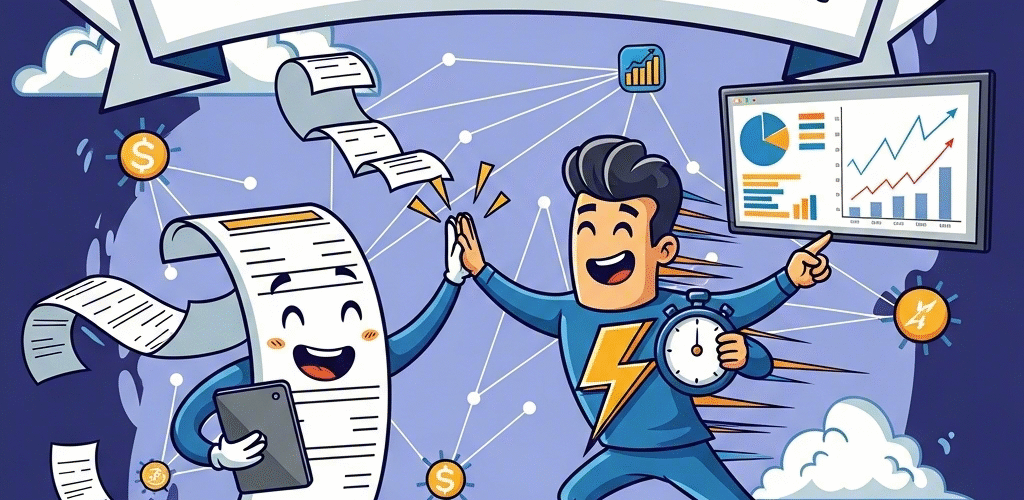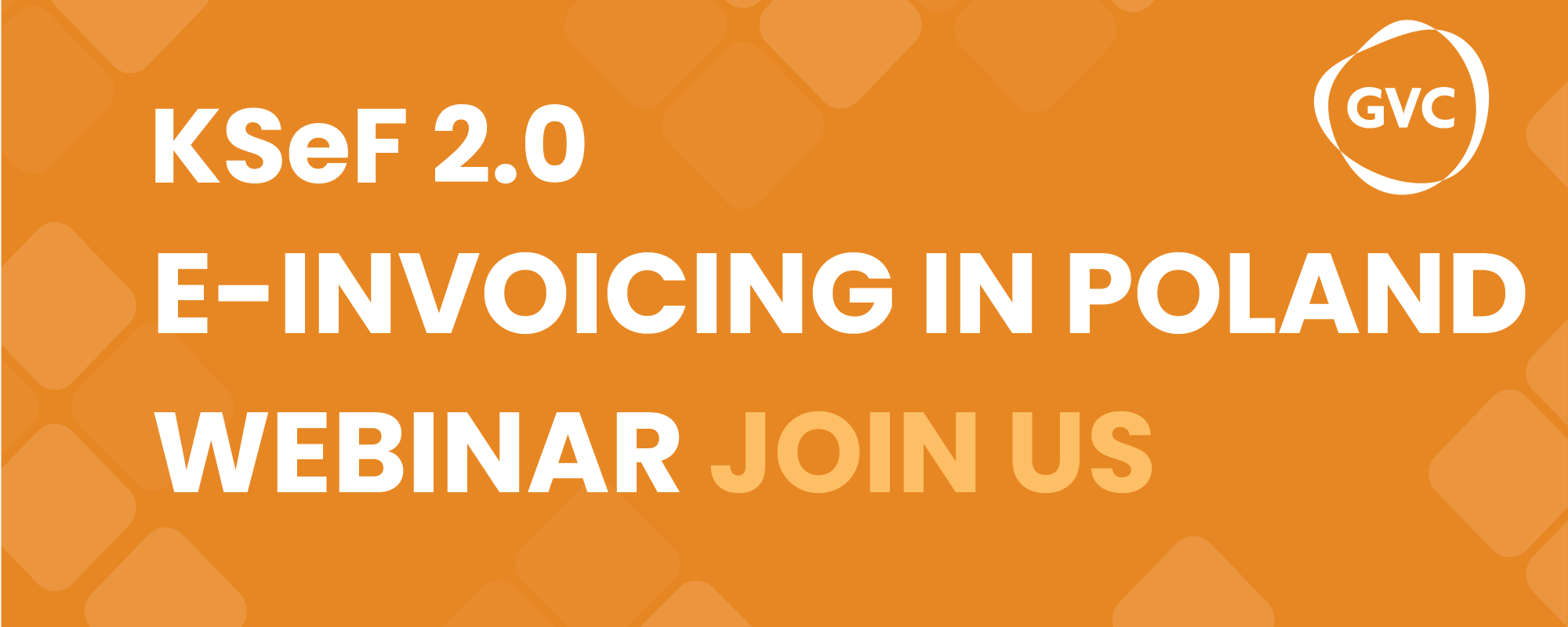Overview of E-Invoicing Models
The document outlines five global models for electronic invoicing (e-invoicing), each with distinct mechanisms for validation, exchange, and government involvement.
1. Interoperability Model
- Invoices are exchanged via certified service providers (Access Points).
- Common formats enable seamless communication across systems.
- Example: Peppol network.
- No government validation required.
2. Clearance Model
- Invoices must be approved by a government platform before reaching the buyer.
- Tax Authority assigns unique identifiers (e.g., UUID, QR code).
- Ensures fiscal validity and compliance.
3. Centralised Exchange Model
- All invoices are routed through a single government-managed platform.
- The platform validates and forwards invoices to buyers or makes them retrievable.
- Used in countries like Italy, Turkey, Poland, and Romania.
4. Real-Time Reporting Model
- Invoice is sent directly to the buyer.
- Simultaneously, key data is reported to the Tax Authority.
- Government does not approve the invoice but monitors transactions in near real-time.
5. Decentralised CTC and Exchange (DCTCE)
- Combines real-time reporting with decentralized exchange.
- Certified service providers validate and transmit invoices and report data to the Tax Authority.
- Promotes flexibility while maintaining regulatory compliance.
Each model balances standardization, regulation, and technical integration differently, reflecting regional priorities in tax enforcement and digital infrastructure.
Source Amy Vahey
Latest Posts in "World"
- VAT Deduction: Historical Development and Legal Principles Shaping Modern Consumption Taxation
- Basware on YouTube – Compliance without the boring bits – Episode 5 (December 9)
- E-Invoicing choices you make now will show up in your S/4HANA Project later
- E–invoicing Developments Tracker
- ecosio Webinar – Getting Started with Peppol: What You Need to Know (Dec 4)














